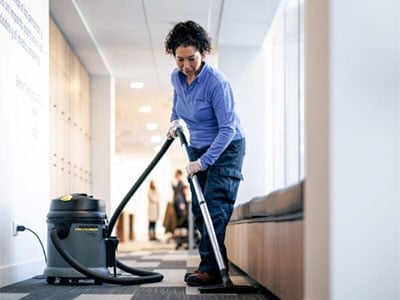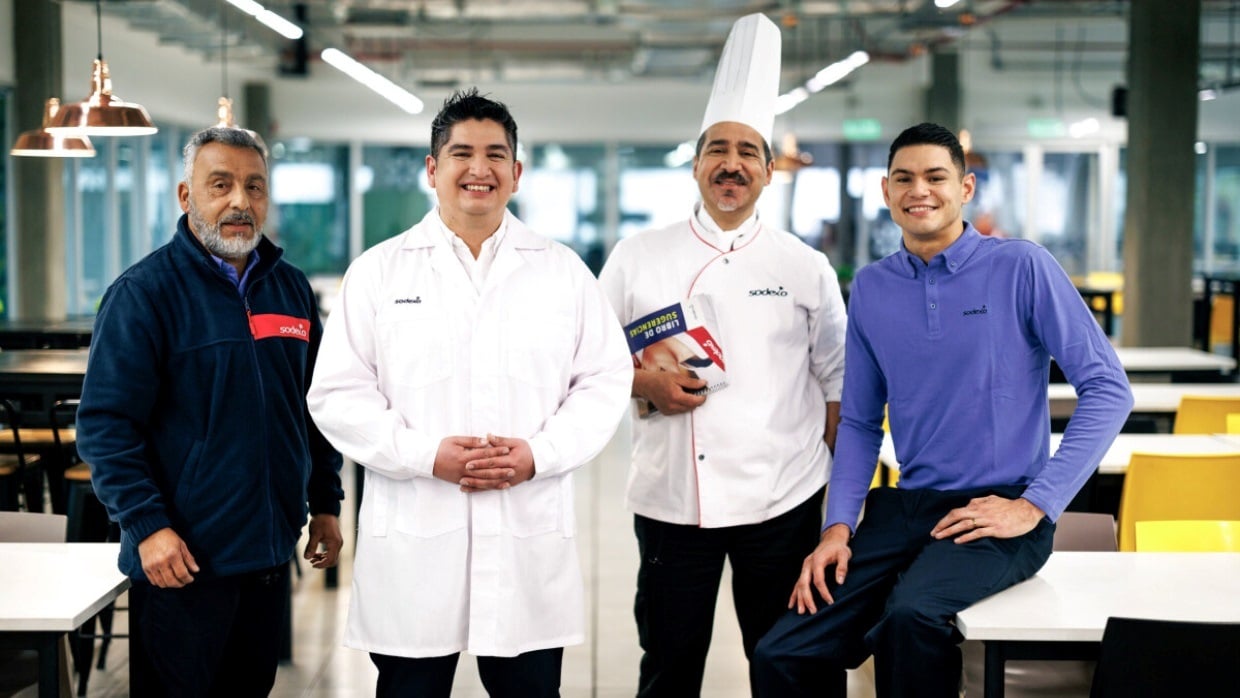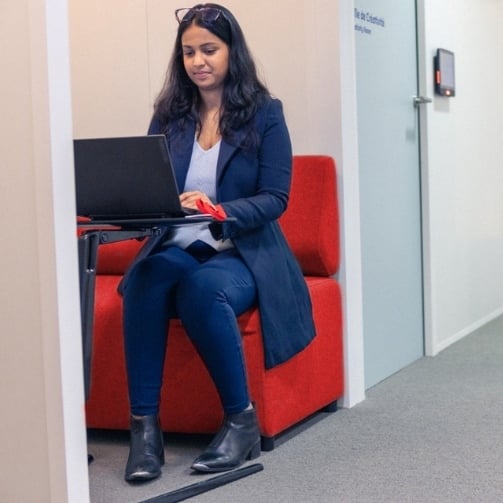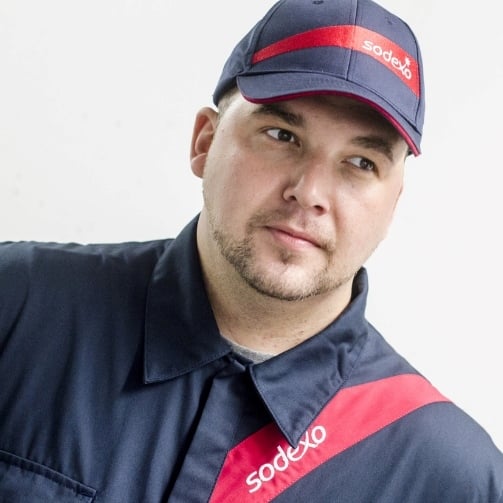
Unterhaltsreinigung - Gründlich gelöst

Mehr Lebensqualität am Arbeitsplatz, Mehrwert für Unternehmen.
Kontaktiere unser Sales-TeamUnsere umfassenden Soft Facility Management Lösungen sind darauf abgestimmt, den reibungslosen Betrieb rund um das Kerngeschäft zu gewährleisten. Sie spielen dabei eine entscheidende Rolle, ein spannendes Kundenerlebnis zu schaffen, die Effizienz und Leistungsfähigkeit der Infrastrukturen zu fördern, die Zufriedenheit der Mitarbeitenden, Kunden & Kundinnen sowie Partnern zu steigern und nicht zuletzt die Rentabilität zu sichern.
Ausserdem unterstützen wir dich aktiv bei der Umsetzung der Corporate-Responsibility-Strategie mit unserem Fokus auf Nachhaltigkeit und Umweltverträglichkeit.
Sodexo setzt sich mit innovativen Lösungen und umfassendem Know-How bei der Bereitstellung von Soft-FM-Dienstleistungen für das Wohlbefinden am Arbeitsplatz ein.





Wie können wir dir weiterhelfen?
Kontaktiere einen Sodexo Experten
Entdecke unsere Services